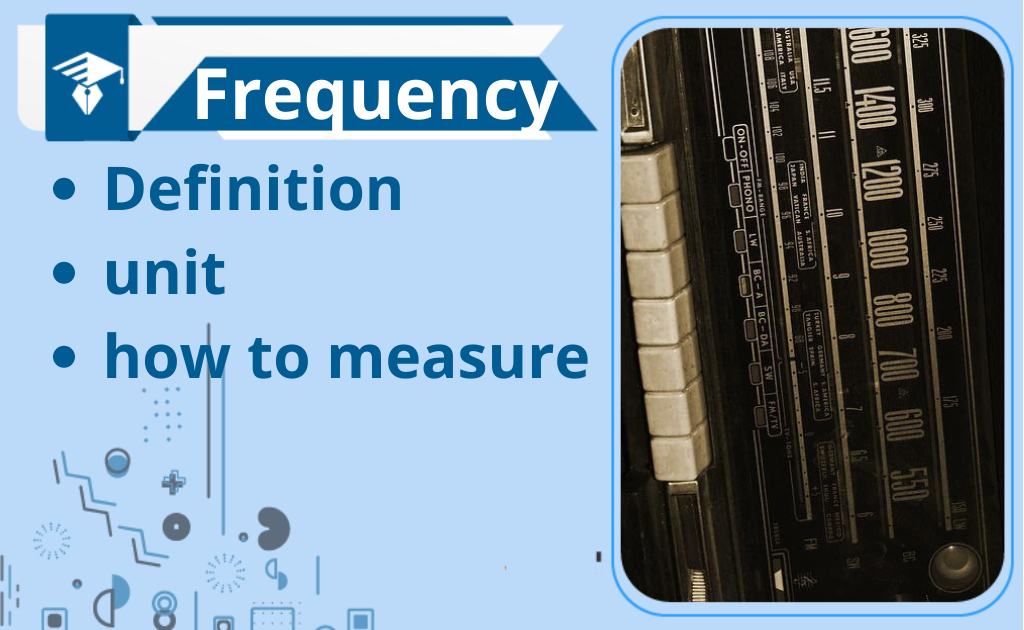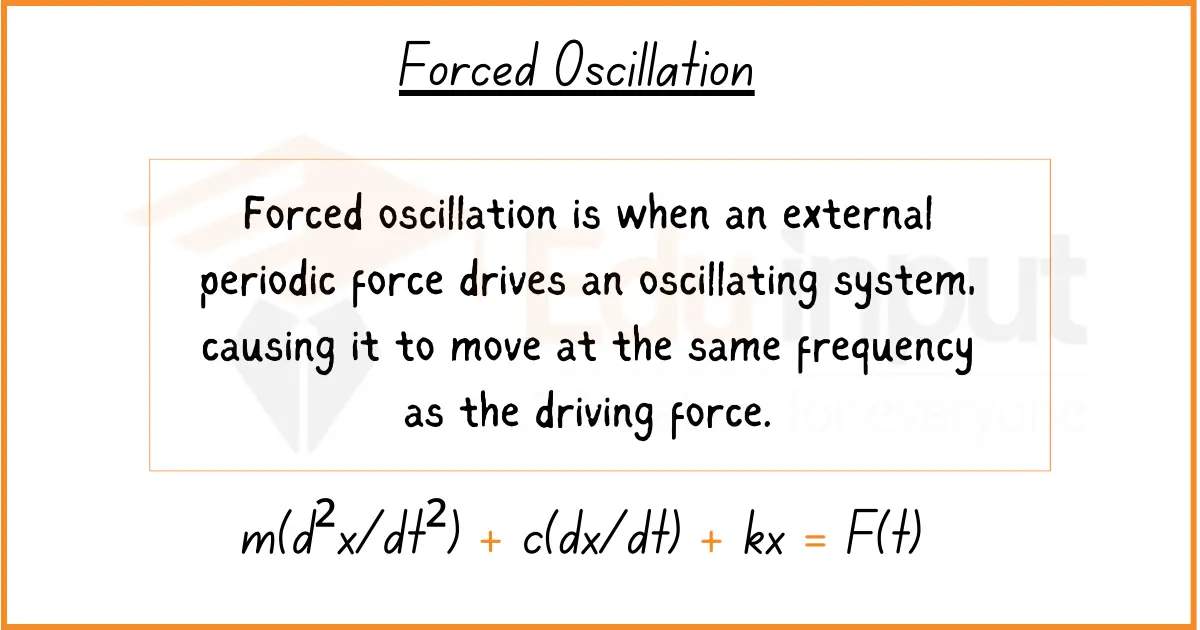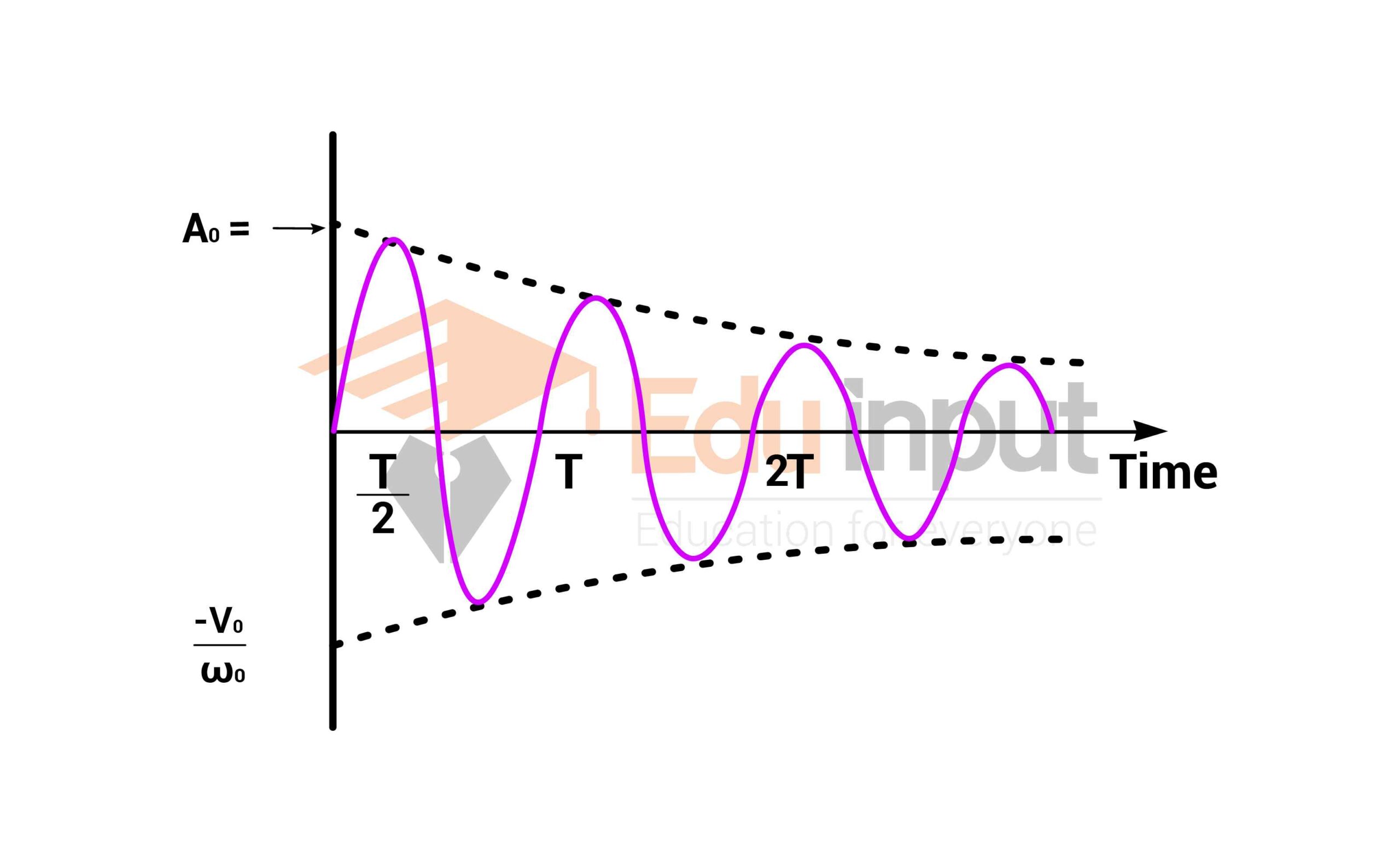What is Radio Frequency?-Definition, Radio Frequency Current
Radio Frequency (RF) is a type of electromagnetic radiation that occurs naturally in the environment. RF signals have wavelengths ranging from 1 meter to 100 meters and frequencies between 20 Hz to 300 GHz. These waves travel at the speed of light and are generated by many different natural phenomena including lightning, thunderstorms, and even human activity.
What is Radio Frequency?
The range of the Radio Frequency is from 20 to 300 GHz and includes alternating electric current or voltage, a magnetic field, or a mechanical system. This is roughly between the upper limit of audio frequencies and the lower limit of infrared frequencies, which are the frequencies at which energy from an oscillating current can travel off a conductor into space as radio waves. The upper and lower bounds for the range of frequencies are specified by different sources.
Radio Frequency currents
Special properties of RF currents are not shared by direct current or lower audio frequencies, such as the 50 or 60-hertz current that is used in electrical power distribution. Energy from RF currents in conductors can be seen as waves of radio waves. This is the beginning of radio technology. RF current doesn’t penetrate deeply into electrical conductors, but it does flow along their surfaces, which is known as the skin effect.
RF currents applied to the body do not cause the sensation of electric shock that lower frequencies produce, because of the current changes direction too quickly. RF currents can cause internal injury, as well as serious superficial burns called RF burns, which is why this does not mean they are harmless. RF currents can easily create a path through the air.
High-Frequency units used in electric arc welding use currents at higher frequencies than power distribution uses, exploiting this property. The ability to appear to flow through paths that contain insulating material is a second property. Increasing frequencies cause the reactance in a circuit to decrease. RF current can be blocked by a coil of wire or even a single turn or bend in a wire. The reactance of a circuit can increase with increasing frequencies.
RF current has a tendency to reflect from discontinuities in the cable and travel back down the cable to the source, causing a condition called standing waves. Over transmission lines, RF current can be carried efficiently.
Application of Radio Frequency
In communication devices, radio frequencies are used in transmitters, receivers, computers, televisions, and mobile phones. The technology behind the proliferation of cell phones is called the MOS integrated circuit.







Leave a Reply